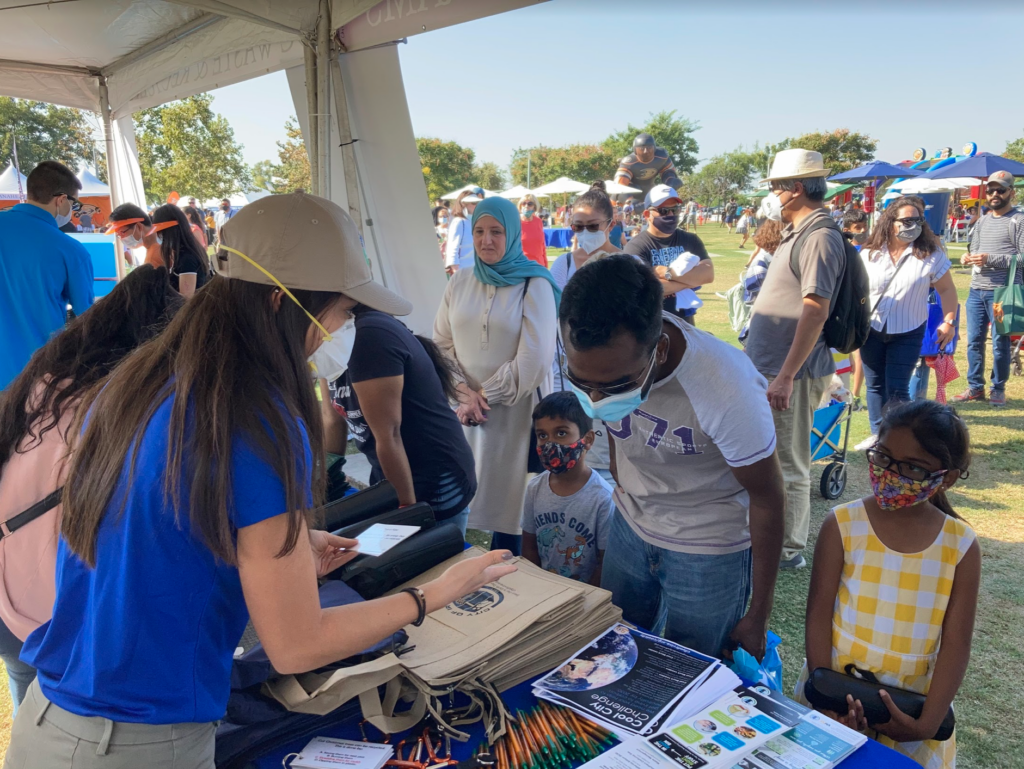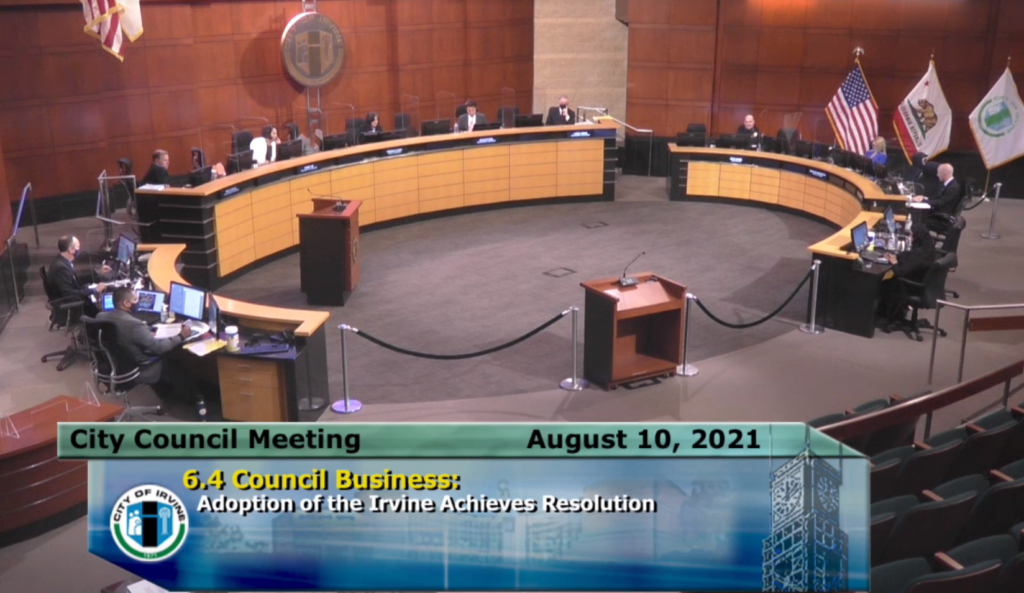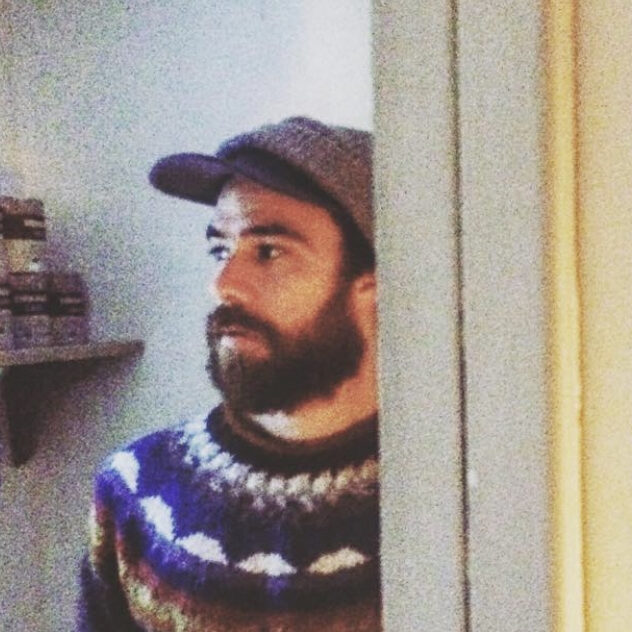Another year, another United Nations climate conference.
You’re forgiven if you’re not feeling particularly enthusiastic about it.
Despite all these annual summits — the U.N.’s 26th annual Conference of Parties (COP) climate-change meeting will take place in Glasgow from October 31 through November 12 — things have only gotten worse.
Much worse.
We’ve known for some time that we must make immediate, dramatic cuts in emissions if we want to maintain even a semblance of a habitable planet — and after a quarter century of failures by the international community, people are beginning to take things into their own hands.
“There needs to be a way forward that looks a lot different than the one we have right now — the one coming out of Glasgow,” David Gershon, CEO of Empowerment Institute and creator of the Cool City Challenge, told Shareable. “The 1.0, top-down approach isn’t going to get the job done by itself. We need a counter-narrative of hope and possibility.”
Climate-action “moonshot”
This week, Gershon officially announced an award of $1 million to the first three Cool Cities winners — Los Angeles, Irvine, and Petaluma — that were able to meet the award’s demanding requirements.
With a 10-year goal of helping hundreds of cities worldwide reach carbon neutrality by 2030, the Cool Cities challenge aims to accelerate the decarbonization of the world’s cities, which emit 70 percent of the planet’s carbon, via “moonshot” strategies that use bottom-up and top-down climate solutions at the local level.
The heart of the challenge is a focus on carbon reduction in communities, block by block, to transform cities.

Backed by decades of research across hundreds of cities worldwide by Gershon’s Empowerment Institute, the challenge aims to accelerate the speed, magnitude and quality of transformation.
“A Cool City is a vision of possibility,” Gershon told Shareable, one that brings together the public, private and civic sectors. “It’s also bringing the top-down climate solutions — which are policy, technology and creating new markets — together with a bottom-up solution, which is behavioral change.”
Rigorous process
The $1 million awards aim to help each winning city become carbon neutral by 2030 — without offsets.
It took a rigorous, months-long application process for the winners to come out on top of a pool of over 40 California cities. All applicants were required to recruit a cross-sector leadership team, 25 community partner organizations, 200 block leaders; and to create a climate moonshot strategy.
Applicants were also asked to persuade their city councils to pass a resolution committing them to carbon neutrality by 2030 — the most aggressive deadline in the United States. All three teams managed to pull that off by the application deadline. 

“I was feeling pretty depressed about the state of the world, and I am normally an optimistic person, but I felt very alone in my concern for the future,” Natasha Juliana, a small business owner and leader of the Petaluma Cool City team, told Shareable. “But through this process of talking to literally hundreds of people in our town, I realized that a lot of other people are in that same boat with me, and they just hadn’t had an outlet to do anything about it until now.”
The team in Petaluma went beyond the requirements in the Cool City Challenge application by recruiting a total of 300 block leaders — and their enthusiasm inspired other cities in what Andy Shrader, leader of the Los Angeles team, has referred to as the “Petaluma effect.”

The 300 block leaders that Juliana recruited contribute to the plan in two ways: First, they’ll organize their neighbors to go through a four-and-half-month program of taking personal actions to reduce their emissions at home. Also, they’ll learn how to empower others, by adopting sister blocks and organizing larger-scale projects such as community gardens, shared tool sheds, tree planting, connected bike paths, and microgrid energy projects.
“We were actually a little nervous about being able to pull it off — it seemed like a heavy lift. But once we got on a roll and we figured out how to effectively deliver the message and reach out to people, they just started pouring in,” Juliana said. “It was just so exciting and that momentum really built on itself — it’s just like in everything else, the more success you have, the more energy you have to put back into it.”
Visions of a better world
Although still very much in the visioning stage, the Petaluma team’s plan re-imagines the city beyond what is — to what can be.
Transportation is one sector which Juliana believes needs a complete transformation, and moving the city away from cars is one of her plans. She envisions a fleet of “cute electric trollies or artist-decorated buses constantly circling the city that we could hop on for free.”
With so much land dedicated to automobiles, “it seems crazy not to take some back for people to use,” Juliana said. “What if our major thoroughfares became beautiful boulevards with forests and community gardens and skate ramps and bandstands and farmers markets and a myriad other fun, engaging and vibrant uses? What if bikes and pedestrians and electric golf carts ruled the street? How much more enjoyable would a trip across town be? It’s not that crazy. It’s totally doable. And ideas like this not only reduce our carbon footprint, but they increase social connectivity and quality of life.”

Although the Cool City Challenge requires and encourages multi-sectoral participation by policymakers, nonprofit leaders and the private sector, the secret sauce is the power of everyday residents.
“We’ve been trying the top-down approach for decades now — it hasn’t really seemed to result in a lot of movement and it leaves everyday citizens like me feeling powerless,” Juliana said. “I don’t have any control over what happens in Glasgow, but a lot of these actions that we are going to be taking together are going to make for direct improvements in our lives — so we actually get to reap the benefits immediately and feel like we have agency in the world again.”
From Petaluma to Los Angeles, the winning teams know that transitioning to carbon neutrality without offsets by 2030 is an extremely heavy lift.
But momentum is building as more individuals, neighborhoods and city blocks get involved.

In Petaluma, the support of the city council and 270 nonprofits in town will help moonshot visions unfold and transform the city in tangible ways.
“We’re giving people a new pathway to see how they can get from here to a much, much brighter future,” Gershon said. It’s a counter-narrative “based on hope, possibility, practical and strategic ways of changing things, a deep knowledge of social change. The goal of a carbon-neutral city by 2030 is not just carbon neutrality, but a transformed community.”
Check out these related articles:









